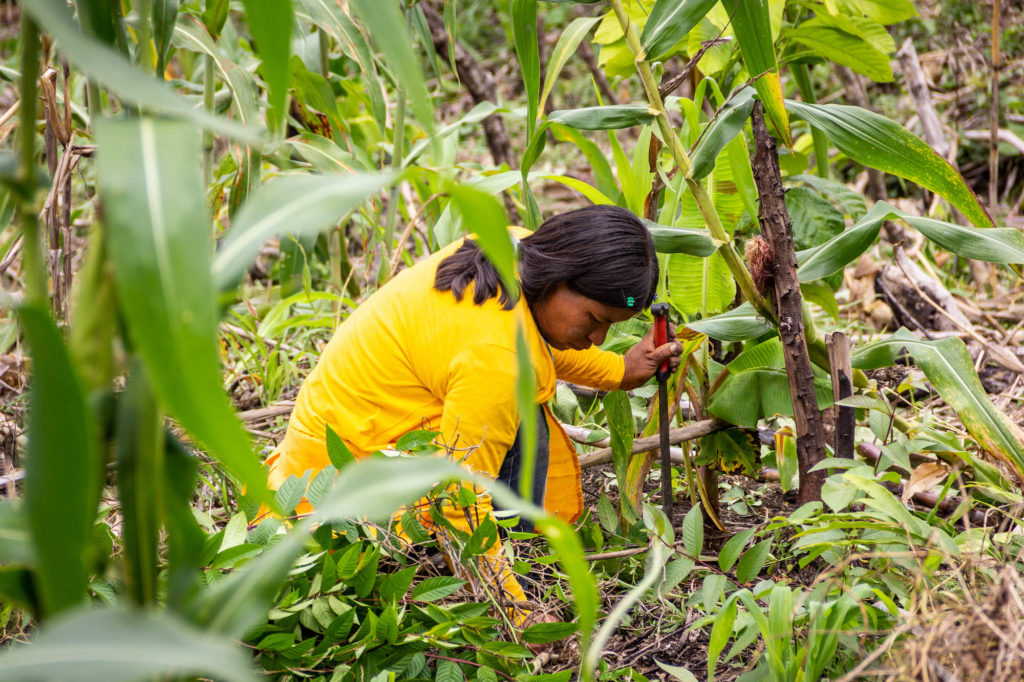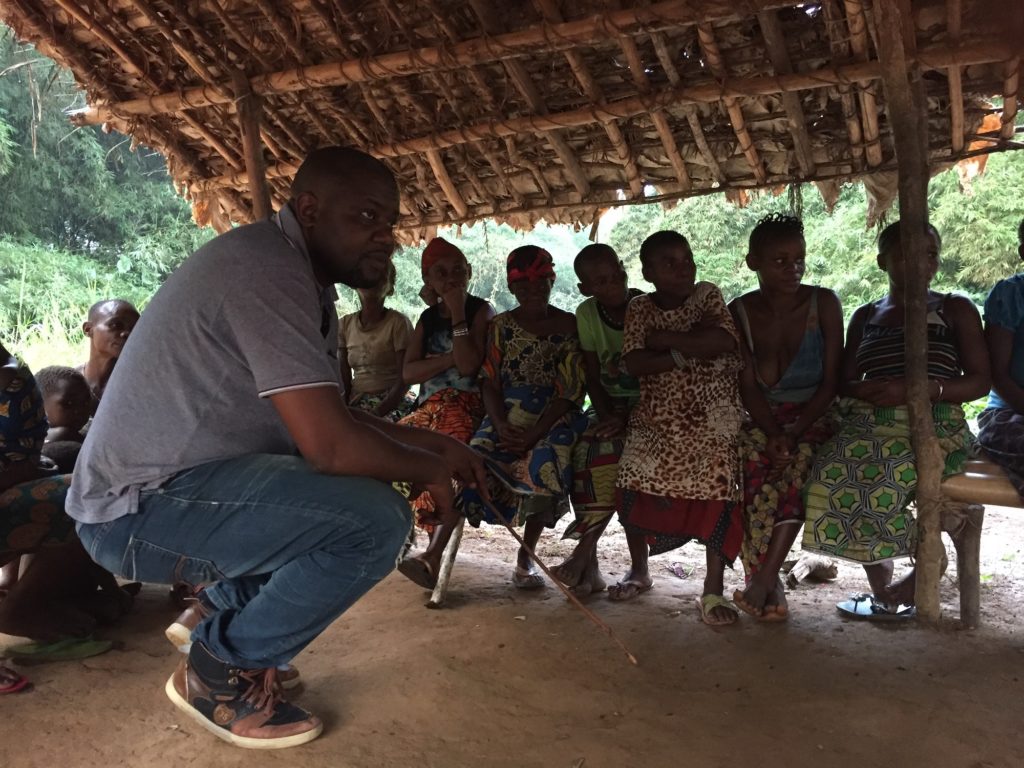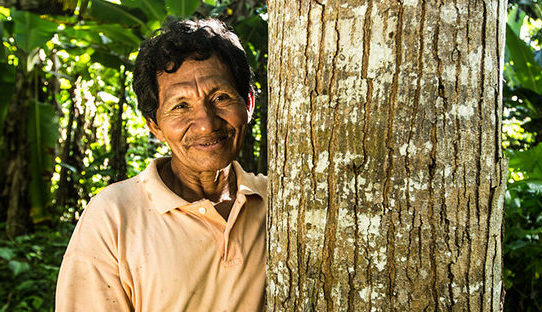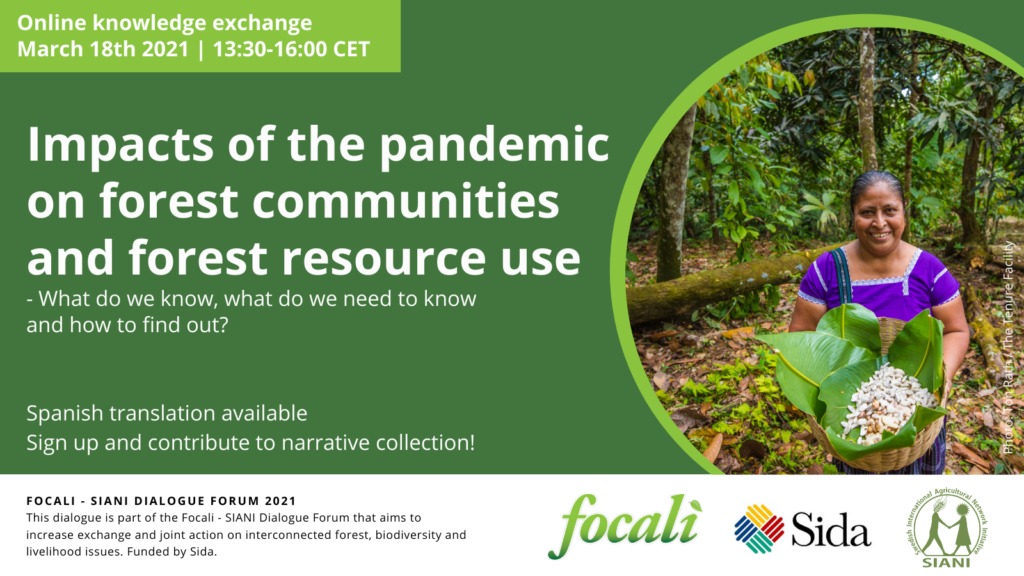The COVID-19 pandemic has disrupted lives around the world. Communities depending on forests and forest produce, such as wild foods, have both been at times blamed for the outbreak, while being among the hardest affected by the pandemic. Existing challenges such as insecure land tenure, infrastructure inequalities, access to health care, or government neglect have been exacerbated. Forest communities – making up to 1.6 billion people worldwide – were indeed already marginalised before the pandemic. How did the pandemic impact their livelihoods and environments and how did they cope?
The outcomes of the pandemic on forest landscapes are numerous, diverse, and yet not well understood. To find out more, Focali and SIANI invited experts from around the world for an online dialogue to present and discuss the impacts of the COVID-19 pandemic on forest communities and forest resource use. Representatives from the forest and Indigenous communities, civil society actors and researchers attended the dialogue, bringing a diverse group of voices to the table to map impacts, reveal knowledge gaps and identify opportunities for a green and inclusive recovery process.
The first part of the event was dedicated to presenting studies aiming to display the situation of forest communities during COVID-19. Two major reports were published at the beginning of the year;
Rolling back social and environmental safeguards in the time of COVID-19 – by members of the Forest Peoples Programme, and
Initial Assessment of the Impact of COVID-19 on Sustainable Forest Management – Asia-Pacific States – written as a background paper for the United Nations Forum on Forests Secretariat.
These reports provided a ‘first glimpse’ of the diverse challenges that forest and Indigenous communities and forest management have faced on the ground in different parts of the world. Our dialogue provided a unique opportunity to further expand this emerging evidence base through the input of participating speakers from South America, Africa, and South-East Asia.
Movement restrictions and a retreating state
The picture of the impact of the COVID-19 pandemic on forest and Indigenous communities isn’t as black and white as some might want to depict it. Some indeed enjoyed a revival of traditional knowledge; while others saw their access to land greatly diminished. State presence in many rural areas decreased while COVID-19 infection numbers skyrocketed. According to several speakers, disruption of essential state functions, especially in remote areas, led to an increase in land grabbing and illegal deforestation by private, non-state actors.
As Ricardo Camilo Niño Izquierdo, Technical Secretary of The Indigenous Secretariat of the National Commission for Indigenous Territories of Colombia, stated that “The pandemic has been the best scenario for illegal activities to increase”. Noting the heightened risks for people defending their territories, opposing those carrying out illegal activities, he further tragically testified that: “There has been a significant increase in the murder rate during the pandemic”. Colombia stands out with the darkest figures on murdered environmental defenders in the report Last line of defence recently published by Global Witness. They similarly to Camilo report how Indigenous peoples were particularly impacted during the pandemic; “official lockdowns led to defenders being targeted in their homes, and government protection measures were cut.”
These trends run counter to the objectives of the peace agreement signed in 2016, and have increased the vulnerability and exposure of Indigenous territories to serious internal conflicts. Similar reports of increased violence to Indigenous communities in the Peruvian Amazon were raised by Keyla Barrero, anthropologist at the National University of San Marcos of Peru; “It has been clear that the state has not generated strategies to safeguard the lives and integrity of these peoples and their leaders”. Government responses to economic distress from the pandemic may also further contribute to the marginalisation of forest populations and Indigenous groups. Participants noted that the governments of Colombia and Peru have prioritised the expansion of logging, industrial agriculture, and the energy sector in or near Indigenous territories as a response to revive economies hit by the pandemic.
More broadly, new government directives have been passed at a much higher pace, repeatedly without governmental bodies consulting marginalised groups. While forest communities have already often been ignored from key decision-making processes that affect their lives, this has been further amplified by the pandemic.
“Urgency has always overridden the slow and messy processes of participation in democracy and of assuring the rights and livelihoods of Indigenous peoples and local communities”, Anne Larson, CIFOR-ICRAF, explained.
Examples of violated rights and lack of participation in the shadow of COVID-19 have been observed around the globe. In Colombia, for instance, decisions about the re-use of glyphosate to combat coca plantations were made without consulting the impacted Indigenous communities, even though in 2015, the high court suspended the sprays based on evidence of cancerogenic risks for humans and damages to the environment. In Brazil and Indonesia, governments expanded agribusiness and mining on forest communities’ territory in the name of economic recovery. For further examples e.g. from India, Kenya and Vietnam raised by speakers and dialogue participants, watch the dialogue recording.
These events all highlight the complex role of the state during the pandemic. Some participants argued for a need for a more significant state presence to protect fundamental rights, while others expressed concern that actors within the state have used the pandemic as an opportunity to advance agendas at odds with forest communities’ interests. Anne Larson discussed the difficulty of holding governments accountable in such unprecedented times. Yet, there may still be reasons for hope. Raymond Achu Samndong, The Tenure Facility, argued for the potential of uniting voices of Indigenous peoples as a means to ensure governments are more attentive and accountable during the crisis. Throughout the dialogue, participants emphasised the need to unite communities to fight for more secure rights over resources in order to reduce vulnerability and move resilience-building forward.



